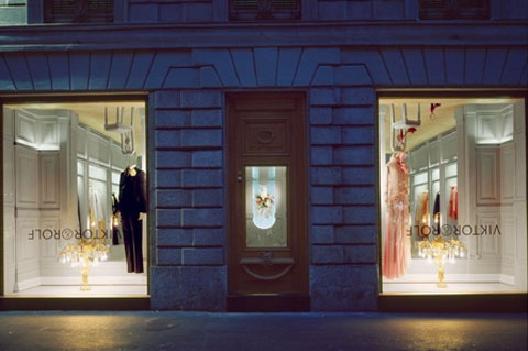I am particularly nervous this morning. I suppose it began in July of this year. I was in a tattoo parlor getting my final micro-dermal implant removed, when I asked the gentleman if he knew of any tattoo artists in Ireland who dealt with chameleon black light tattoos. He told me that only one guy in all of Ireland did, and to my luck, his studio was a 10 minute walk away. I nervously made my way over, and to my surprise, it was pretty nice. Not your typical tattoo parlor. I had a chat with Remis {the owner} and since they had opened within the week, the closest date he could book me in for a black light tattoo was in four months time.
That day is tomorrow at 15:00.
This event goes back much farther. I’ve always wanted a tattoo. I really adore them, but in the same breath, at times they look tacky. Like when you’re at a formal event and that Tweety Bird tattoo you got on your 21st birthday is creeping up out of the top of your dress. Or lower back tattoos – sorry to those of you who may have one – but I think they’re tacky as hell. Coupled with muffin tops. Worst look ever.
Back to my story – I had been researching for months, until I came across this particular style of tattoo – chameleon black light tattoo. It can only be seen under ultra violet {UV} light. It was my loophole. I was really pumped when I found this style of ink, and researched the availability in Ireland with no luck. Until that day in July. I am now roughly 24 hours away from getting it.
What I had pondered over the four months was what I was going to get tattooed. My choice had been always one of three: old school skull and cross bones, an anchor {I really like old fashioned tattoos}, or a pair of scissors. To be placed on my left forearm. I hummed and hawed over the past months, and in true form, I only drew up my tattoo this morning. And I am mildly infatuated.
Anchors aweight – Part I | Anchors aweight – Part II | Anchors aweigh – Part III






